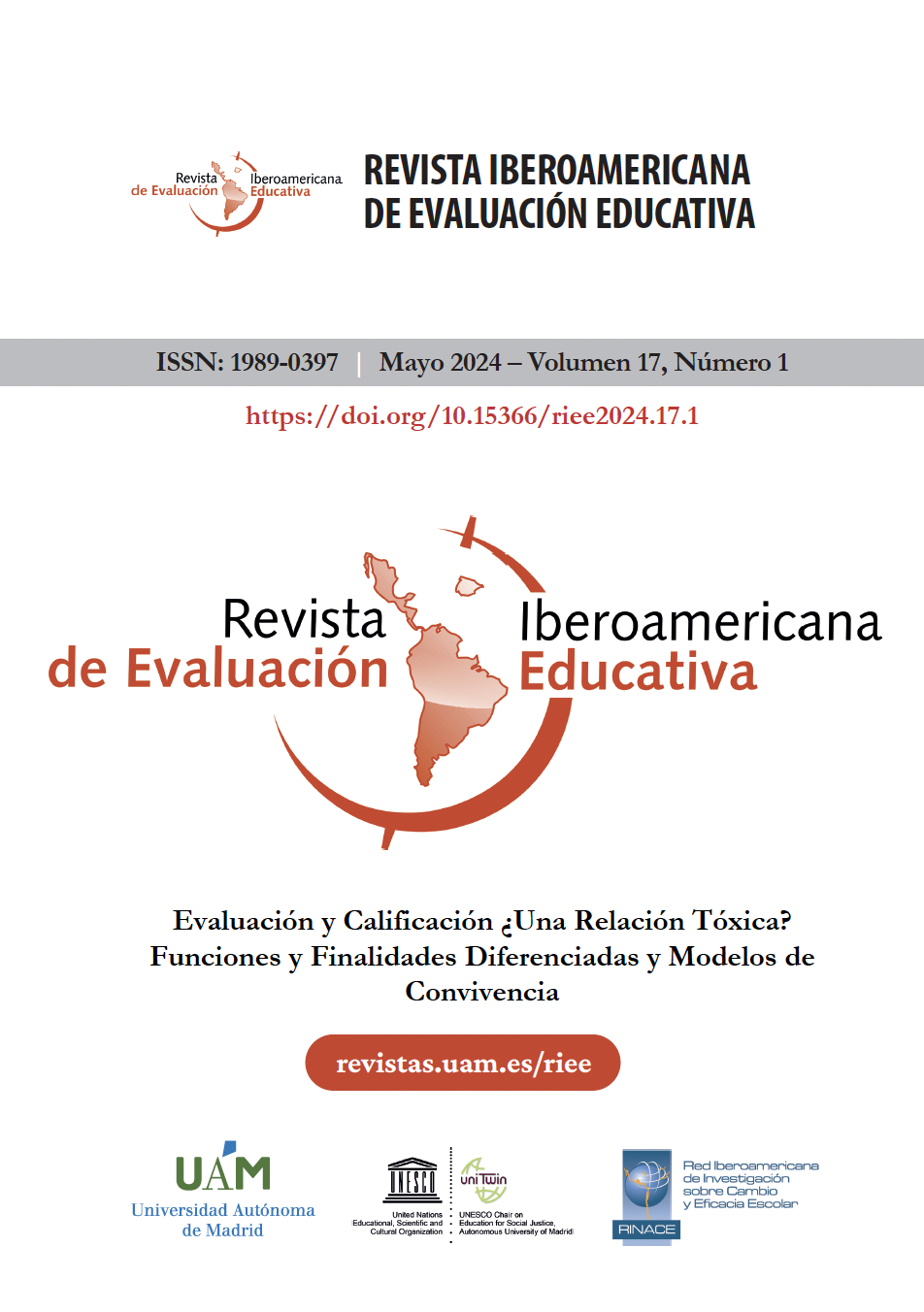What do We do With the Knife? The Purpose of the Evaluation
Keywords:
Evaluation, Qualification, Improvement, Learning, Understanding
This work is licensed under a Creative Commons Attribution-NonCommercial-NoDerivatives 3.0 Unported License.
Abstract
The article focuses on the analysis of the importance of the purposes of the evaluation. That is, deciphering the keys to why it is done, what it is intended to achieve. More important than evaluating a lot and evaluating well, it is important to know who benefits and who harms the evaluation, what values it builds and what values it destroys. The metaphor of the knife allows us to discover that the most important thing is not its size or whether it is more or less sharp but what it is used for since with it you can hurt or kill, peel potatoes or cut watermelon, keep it stored in a drawer or free to a bound prisoner. Two images are analyzed through which you can easily understand the nature of the thesis that I defend in the article: there is nothing more stupid than launching yourself with the greatest efficiency in the wrong direction. Through an exercise, the contrast between ideal and real goals, rich and poor, valued and practiced, is shown. In it can be seen that the most theoretically valued are not the most practiced in the educational systems of many countries. Four categories of purposes are proposed below, ordered from greatest to least pedagogical richness, inviting you to practice those of greatest value. And it closes with some suggestions for teachers to practice the most enriching functions.
Downloads
References
Carabaña, J. (2015). La inutilidad de PISA para las escuelas. La Catarata.
De la Herrán, A., Valle, J. M. y Villena, J. (2019). ¿Qué estamos habiendo mal en la evaluación? Reflexiones para la investigación, la enseñanza y la evaluación. Octaedro.
Hallack, J (1997). ¿A quién beneficia la escuela? Monte Ávila Ediciones.
McCathcart, T. y Klein, D. (2008). Platón y un ornitorrinco entraron en un bar. Octaedro.
Santos Guerra, M. A. (1990). Hacer visible lo cotidiano. Teoría y práctica de la evaluación cualitativa de centros escolares. Akal.
Santos Guerra, M. A. (1993). La evaluación, un proceso de diálogo, comprensión y mejora. Aljibe.
Santos Guerra, M. A. (2003). Evaluar es comprender. Ed. Magisterio del Río de la Plata.
Santos Guerra, M. A. (2008a). La pedagogía contra Frankenstein. Y otros relatos frente al desaliento escolar. Graó.
Santos Guerra, M. A. (2008b). Nieve y barro. Metaevaluación de la evaluación del plan de evaluación de centros escolares en Andalucía. Ed. MAD.
Santos Guerra, M. A. (2014a). La evaluación como aprendizaje. Cuando la flecha impacta en la diana. Narcea.
Santos Guerra, M. A. (2014b). La gallina no es un águila defectuosa. Organización, gestión y evaluación de las instituciones educativas. Universidad Uniminuto.
Santos Guerra, M. A. (2017). Evaluar con el corazón. De los ríos de las teorías al mar de la práctica. Homo Sapiens
Santos Guerra, M. A. (2019). Errores a troche y moche sobre la evaluación. En A. de la Herrán Gascón, J. M. Valle y J. L. Villena (Coords), ¿Qué estamos haciendo mal en educación? (pp. 131-156). Octaedro.
Shamsie, K. (2011). Sombras quemadas. Salamandra.
Stake, R. (2006). Evaluación comprensiva y evaluación basada en estándares. Graó.

